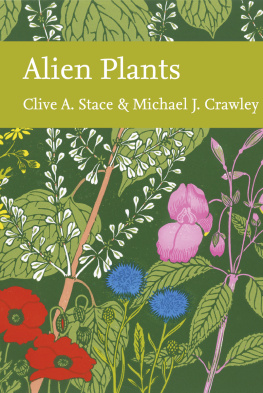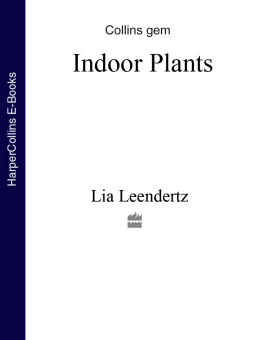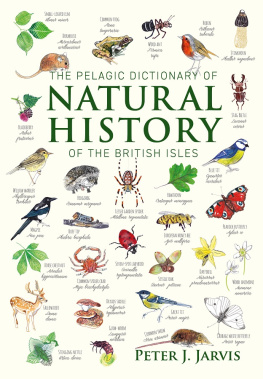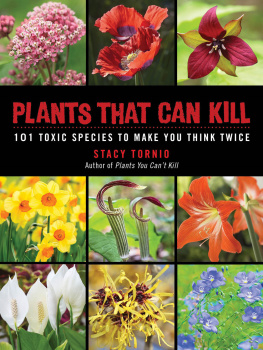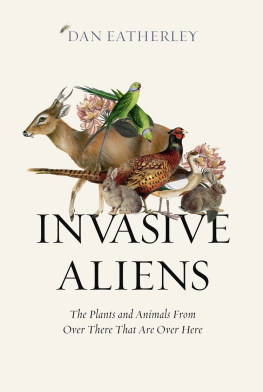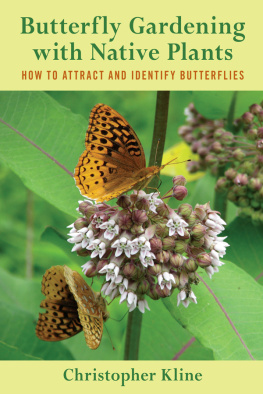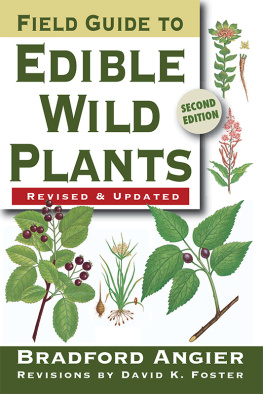T he study of alien plants has, in the past half-century or so, progressed from an eccentric hobby, enabling amateur botanists to increase the total of wild plants that they could record, to the full-blown sciences of invasion ecology and alien genetics, in which the factors controlling plant immigration and evolution are researched, particularly with reference to possible deleterious and beneficial effects on native and cultivated species and their habitats. Alien species no longer present an optional extra, but must be accepted as an integral part of mainstream botanical investigation. The amount and breadth of data that have been accumulated on alien plants in the British Isles is exceptional. The number and proportion of alien plants in our flora is extremely high arguably the highest in Europe and to some extent compensates for a relatively poor native flora. The subject has also become one familiar both to naturalists and the general public, due to exposure via the media to such diverse topics as damage to the environment by Japanese Knotweed and New Zealand Pigmyweed, the attraction of bees and butterflies to cities by such plants as Butterfly-bush, the court cases involving Leylandii hedges, the threats to the purity of our native Bluebell by the mass planting of its Spanish relative, and the cultivation of new sorts of Christmas tree. We therefore felt that this was a good time to write a book on alien plants, and that it would be appropriate to base it on the flora of the British Isles.
We must mention Weeds & Aliens (1961) by Sir Edward Salisbury, number 43 in the Collins New Naturalist series, as this covers a subject area quite close to our own. The emphasis in the two books, however, is quite distinct; Salisburys book is foremost about weeds, while ours is about aliens. Our book is in no way intended to compete with, update or replace the 1961 work.
Writing a book of this nature is a new venture for both of us, but one that we were keen to undertake. We have not previously collaborated as authors, but were convinced that the subject demanded a breadth of expertise that neither one of us possessed. Both of us have spent more than 40 years teaching and researching plant biology in English universities, CAS in taxonomy and evolution and MJC in ecology. Inevitably each chapter or section was written primarily by one author, but each of us commented freely on the others efforts and all chapters are to varying degrees joint efforts, in some cases equally shared. Because of this we have not designated separate authorship to each chapter. We have also both maintained a keen interest in wildlife and the natural world from an early age, going back to the immediate aftermath of the Second World War, and trust that our enthusiastic love of natural history and dedication to plant science are equally evident in this book, as is the relevance of alien plants to everyday life. Inevitably, two authors will favour different styles; we have not sought to disguise these, but hope that they complement rather than clash. The use of the first person (I, my, etc.) always refers to CAS, except in the section on seaweeds. We found that in some instances we hold different opinions, mainly in the degree of emphasis that should be placed on various aspects, but such differences were, perhaps surprisingly, very few.
We have endeavoured to cover the most important aspects of plant alien studies, including the threats they impose from both ecological and genetic angles, and their value to humans and wildlife. Much of the modern research on aliens would have been more difficult or impossible if it were not for the activities of the early alien-hunters, of whom we provide a brief account.
Natural history now embraces all the latest technological advancements, with the result that some of these fields of investigation, such as high-power microscopy and molecular biology, are not available to the average amateur. There is, however, still much of immense value that enthusiasts can discover, and in some places we have indicated suitable areas for such contributions. The successive volumes of the New Naturalist series have faithfully reflected these changes. Nevertheless, it is quite difficult to pitch the subject at a level that utilises the modern approaches yet remains comprehensible to a wide range of readers. We hope that we have achieved a reasonable compromise, and in striving to do so have been constantly encouraged by the similar attempts by E. B. Ford in Butterflies (1945), the first New Naturalist volume of 70 years ago. But, to cite just one example, it remains a fact that it is impossible to understand the evolutionary impact of aliens without discussing chromosomes. There is a danger, otherwise, that natural history pursuits will become confined to taking photographs and adding dots to distribution maps. We have followed the New Naturalist tradition of using English names, where they exist, as well as the scientific equivalents. The scientific names used in this book are those found in the most recent standard reference works of the various groups; they will be familiar to keen naturalists and we have not attempted to substitute them with very recently proposed but as yet little-used updates.
We have put much effort into providing definitive lists of the alien plants of the British Isles (i.e. the United Kingdom, Republic of Ireland, Isle of Man and the Channel Islands). The lists of angiosperms are presented in ), enabling users to manipulate, analyse and add to the lists as they wish. These appendices, and the lists of the various groups of non-flowering plants provided within the text, are intended to represent a standard up-to-date (post-1986) list of aliens of the British Isles, based on objective criteria. The lists have not been previously published. They include some other data: the categories of neophytes (naturalised, casual, persistent) and archaeophytes (denizen, colonist, cultivated); the number of hectads (10 10 km squares) in which each species has been recorded since 1986; the life form and mode of reproduction; for the neophytes additionally the year first recorded, area of origin, and the vector(s) involved; and for the archaeophytes additionally the main uses to which the plant has been put.
GENERAL ACKNOWLEDGEMENTS
Most of the distributional data presented in this book were collected by the dedication to field studies by members of the BSBI, mainly over the past half-century. In 2013, the Botanical Society of the British Isles changed its name for legal reasons related to its charitable status to the less accurate Botanical Society of Britain and Ireland, but for simplicity we have used the acronym BSBI throughout.
We owe a big debt of gratitude to Ian Tittley, former marine algologist at the Natural History Museum, who has a special interest in alien seaweeds, for contributing the section on marine algae (seaweeds) in , a subject beyond our capabilities.
Many people very kindly agreed to lend us photographs for use in this book, in all cases without any recompense. They are, of course, acknowledged in the relevant captions, but we name them all here: Ian Atherton, John Bailey, Ken Butler, Bryony Chapman (Kent Wildlife Trust), Tony Child (Thanet District Council), Ian Denholm, Norah Eastwood per Geoffrey Wilmore, Trevor Evans, William Gloyer, Alistair Godfrey, Peter Greenwood, Diana Grenfell, Peter Hall, Stephen Hendry (Forest Research), Michael Hollings, David Holyoak, Celia James, Stephen Jury, Geoffrey Kitchener, Peter Llewellyn (UK Wildflowers), Ted Lousley per Chris Boon, Philip Oswald, Ron Porley, Kathleen Pryce, Tim Rich (National Museum of Wales), Mary Sheridan per Chris Boon, Jeanette Sitton, John Somerville, Margaret Stace, Richard Stace, Ann Steele (National Trust for Scotland), Ian Tittley, David Tomlinson, Mario Vallejo-Marn, Ruud van der Meijden

